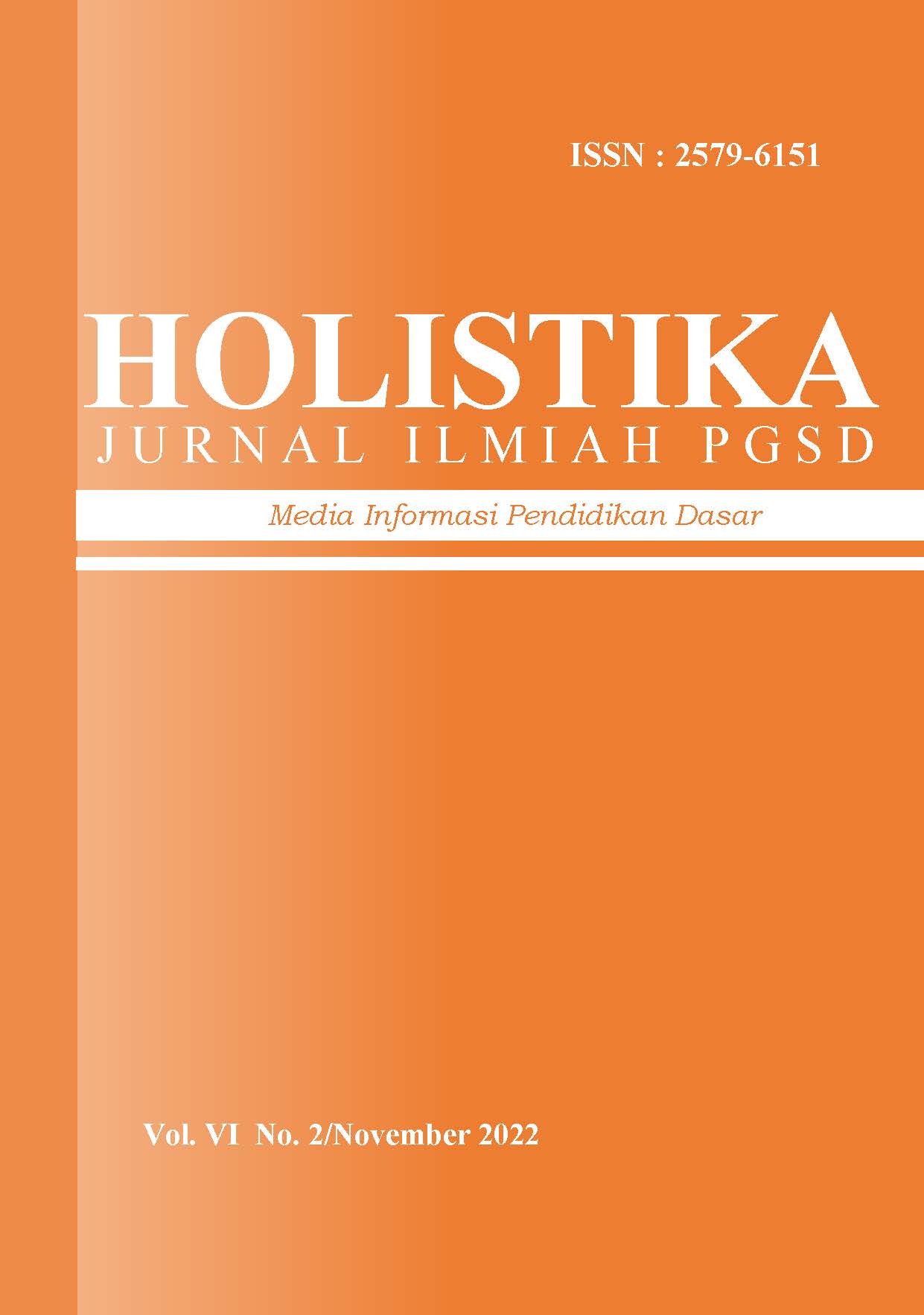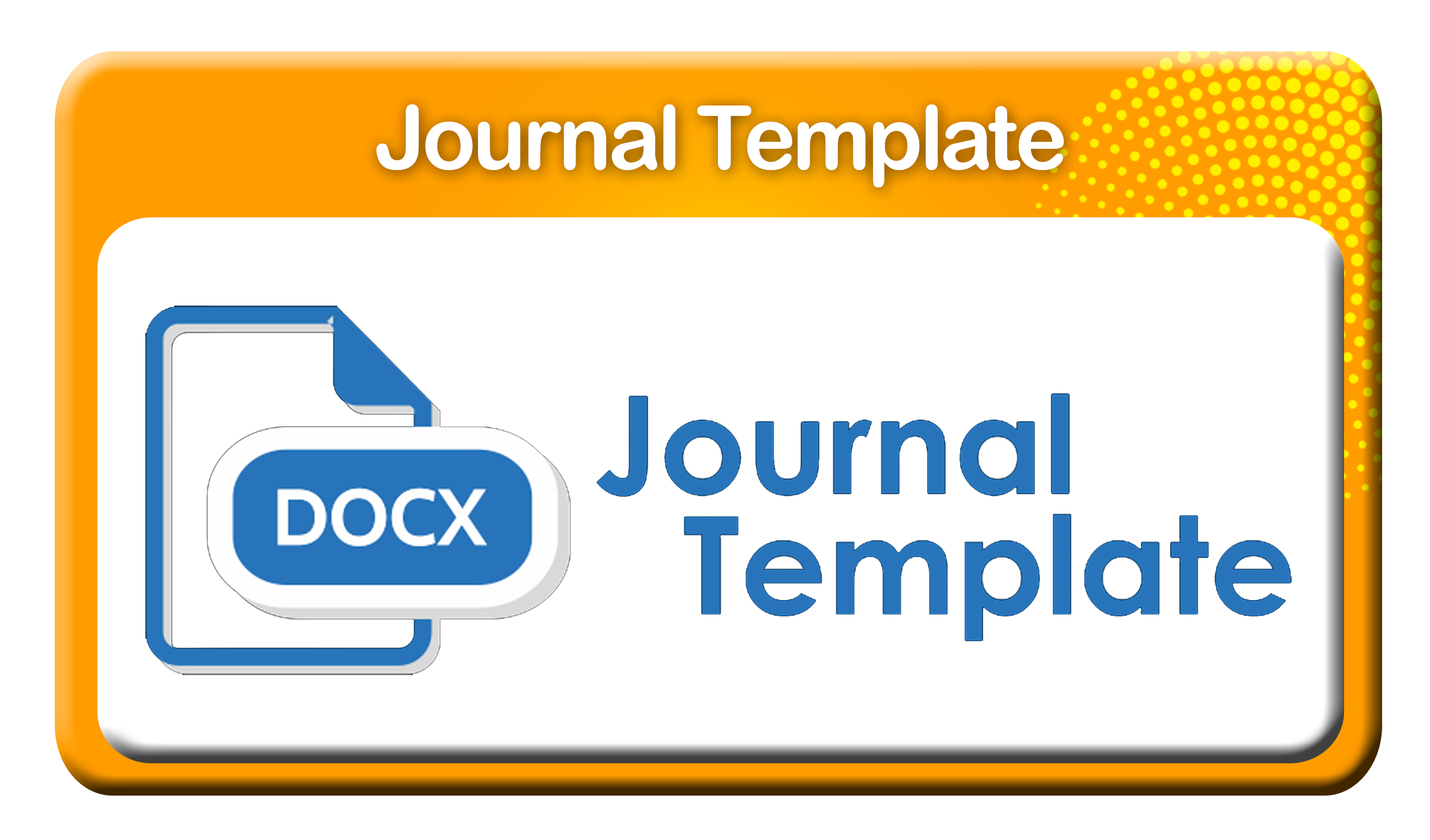PENGEMBANGAN MEDIA BAGAN POHON TERHADAP HASIL BELAJAR SISWA KELAS V DI SEKOLAH DASAR
DOI:
https://doi.org/10.24853/holistika.6.2.85-93Abstract
This research is motivated by the lack of effective use of media in learning activities so that students are less effective in understanding the material, researchers offer the development of new media, namely tree chart media that is in accordance with the concrete operational stage in order to have a direct influence on students. The tree chart media is a complete medium that has branches, stems, and leaves, each of which facilitates or has meaning based on the learning material to be studied. The purpose of this study was to test the validity, practicality and effectiveness of the tree chart media on the learning outcomes of fifth grade students of SDN 17 Woja. This study uses research and development methods (Research and Development) which refers to the four D (4-D) model. Data collection techniques in this study were questionnaires, interviews, observations, tests, and documentation. Data analysis techniques in this study include media validity analysis, media practicality analysis and media effectiveness analysis. The results of the recapitulation of the validity of the learning media from two experts were 83% with the "Valid" category. The results of the recapitulation of the practicality of the tree chart media obtained a percentage of 95.5% with a very practical category. Recapitulation of students' cognitive learning outcomes with a classical completeness score of 83%. The test of students' affective learning outcomes, there are 3 students who fall into the "very good" category with a percentage of 13%, 14 students who fall into the "good" category with a percentage of 61%, 3 students who fall into the fairly good category with a percentage of 13%, and 3 students are included in the “Need Guidance” category with a percentage of 13%. Psychomotor learning outcomes, it is known that there are 16 students' psychomotor results in the "Good" category with a percentage of 70% and 7 students in the "good enough" category with a percentage of 30%.Keywords: Development, Tree Media, Learning OutcomesReferences
Hamid, M. A., Ramadhani, R., Masrul, M., Juliana, J., Safitri, M., Munsarif, M., Jamaludin, J., & Simarmata, J. (2020). Media pembelajaran. In Media pembelajaran.
Hasan, M. M. D. H. K. T. (2021). Media Pembelajaran. In Tahta Media Group (Issue Mei).
Isnaini, M., Puspita, A., Sekar Utami, L., & Darmayanti, N.W. (2018). Pengembangan Media Pembelajaran Pohon Pintar Untuk Meningkatkan Motivasi Belajar Siswa SMPN 19 Mataram. Orbita: Jurnal Kajian, Inovasi Dan Aplikasi Pendidikan Fisika. https://doi.org/10.31764/orbita.v4i1.3113
Nurrita, T. (2018). pengembangan media pembelajaran untuk meningkatkan hasil belajar siswa. Misykat: Jurnal Ilmu-Ilmu Al-Quran, Hadist, Syari’ah Dan Tarbiyah. https://doi.org/10.33511/misykat.v3n1.171
Putra, A., Yusnarti, M., Info, A., & History, A. (2022). Analisis Validitas Buku Siswa Tematik Tema Indahnya Kebersamaan Berbasis “ Rawi Rasa ” menggunakan Pendekatan Kontekstual. 5, 3912–3917.
Qomariyah, N. (2021). Pengembangan Media Pohon Pintar Untuk Menstimulasi Kemampuan Motorik Halus Kelompok A TKM NU 295 Roudlotun Nafilah Griya Peganden Asri. JIEEC (Journal of Islamic Education for Early Childhood), 3(1), 28. https://doi.org/10.30587/jieec.v3i1.2248
S, I. R. K.-K. (2018). Manfaat Media Dalam Pembelajaran Oleh: Isran Rasyid Karo-Karo S*, Rohani. 91–96.
Thiagarajan, S. Semmes, D.S & Semmel, MI. (1974). Instructional Development For Training Teacher Of Exceptional Children. Indiana:Indiana University Bloomington.
Downloads
Published
How to Cite
Issue
Section
License
Authors who publish with this journal agree to the following terms:
- Authors retain copyright and grant the journal right of first publication with the work simultaneously licensed under a Creative Commons Attribution License that allows others to share the work with an acknowledgement of the work's authorship and initial publication in this journal.
- Authors are able to enter into separate, additional contractual arrangements for the non-exclusive distribution of the journal's published version of the work (e.g., post it to an institutional repository or publish it in a book), with an acknowledgement of its initial publication in this journal.
- Authors are permitted and encouraged to post their work online (e.g., in institutional repositories or on their website) prior to and during the submission process, as it can lead to productive exchanges, as well as earlier and greater citation of published work (See The Effect of Open Access).


















